Brusque House, the Art of Ageing Leather
Tetsuya Sato, who trained at Berluti, has opened a workshop in Tokyo where he gives an aged effect to shoes owned by clients the world over.
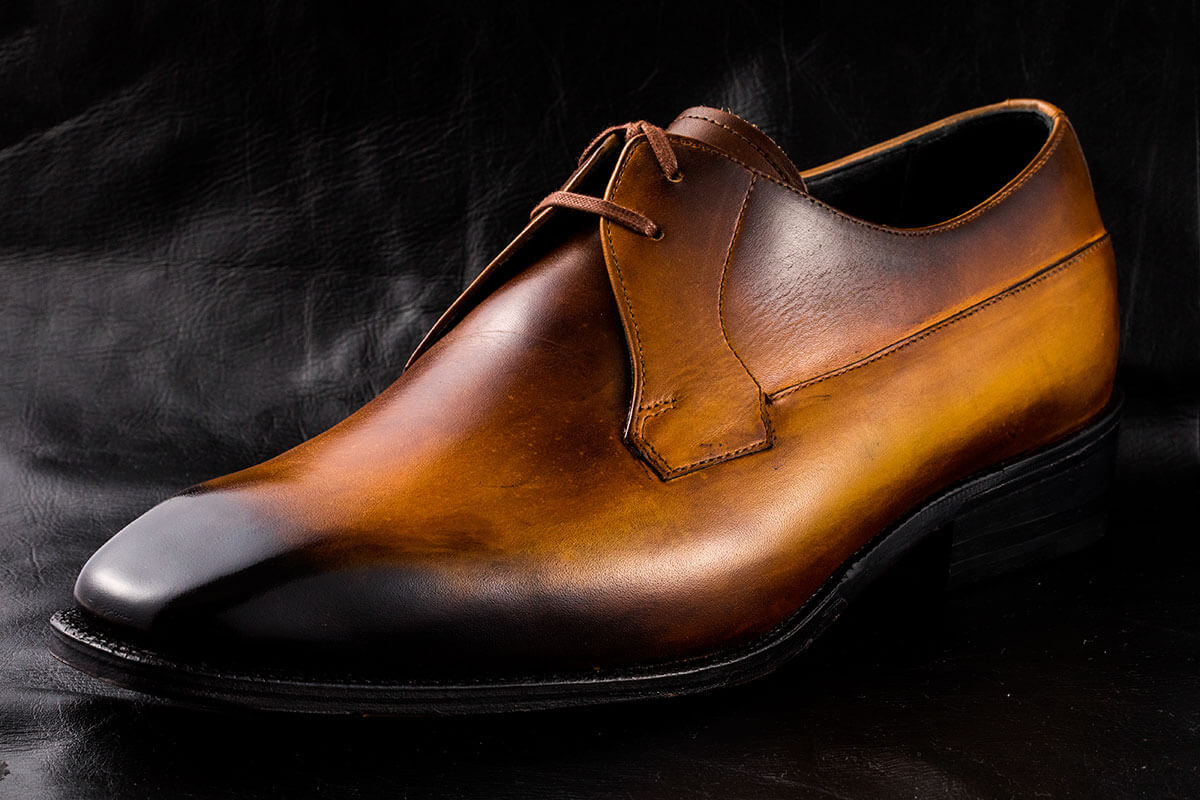
Tetsuya Sato / Designer & Colourist
With expert hands, Tetsuya Sato gives his clients’ shoes an aged effect and the sense of refinement that comes with it. His passion for treating leather led him to open his own studio, Brusque House, in the Aoyama district of Tokyo.
With white gloves, a shirt, and numerous pots containing different dyes, waxes, and polishes, the art of patina requires rigour, a honed technique, and high-quality equipment. Tetsuya Sato constantly scrapes, bleaches, and dyes leather, from shoes to wallets, and sometimes even car seats.
Rainbow-coloured patina
Accelerating the effect of time on leather requires, paradoxically, long hours of work and training. Thus, before stepping out on his own in 2015, Tetsuya Sato trained in patina at Berluti (the French fashion house, part of the LVMH empire and pioneers of the technique in the 1980s). He then honed his skills with Corthay, master independent bootmaker and legend of the Parisian shoe scene.
In Japan, most clients request grey, brown, or blue finishes that are discreet and work-appropriate. But this doesn’t stop the artisan from letting his creativity run wild. In his workshop and while on his travels, he creates rainbow-coloured pieces in yellow, purple, pink, or green, or, for the most extravagant of clients, multicoloured leather.
More information on Tetsuya Sato’s work is to be found on Brusque House’s website.
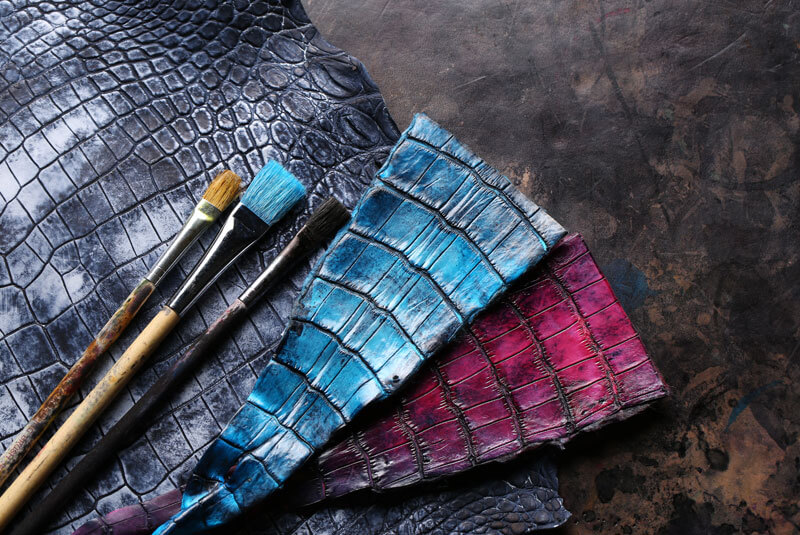
Tetsuya Sato / Designer & Colourist
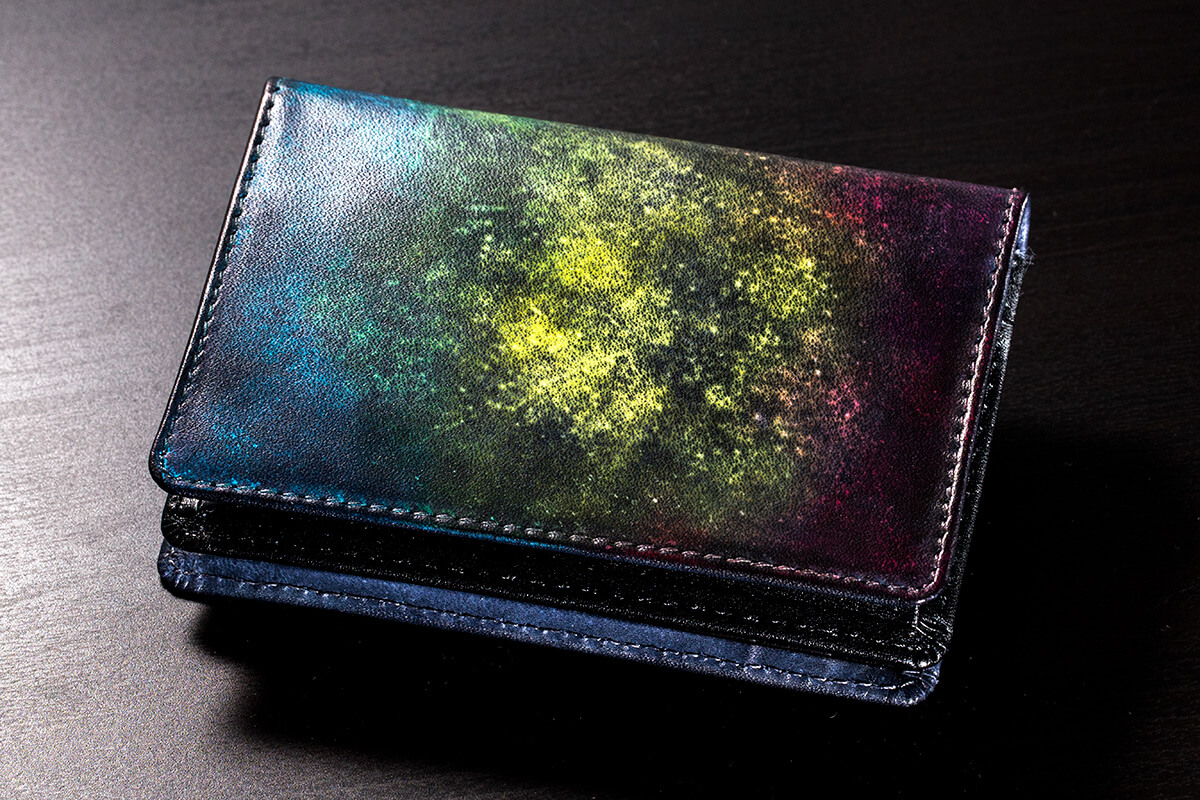
Tetsuya Sato / Designer & Colourist
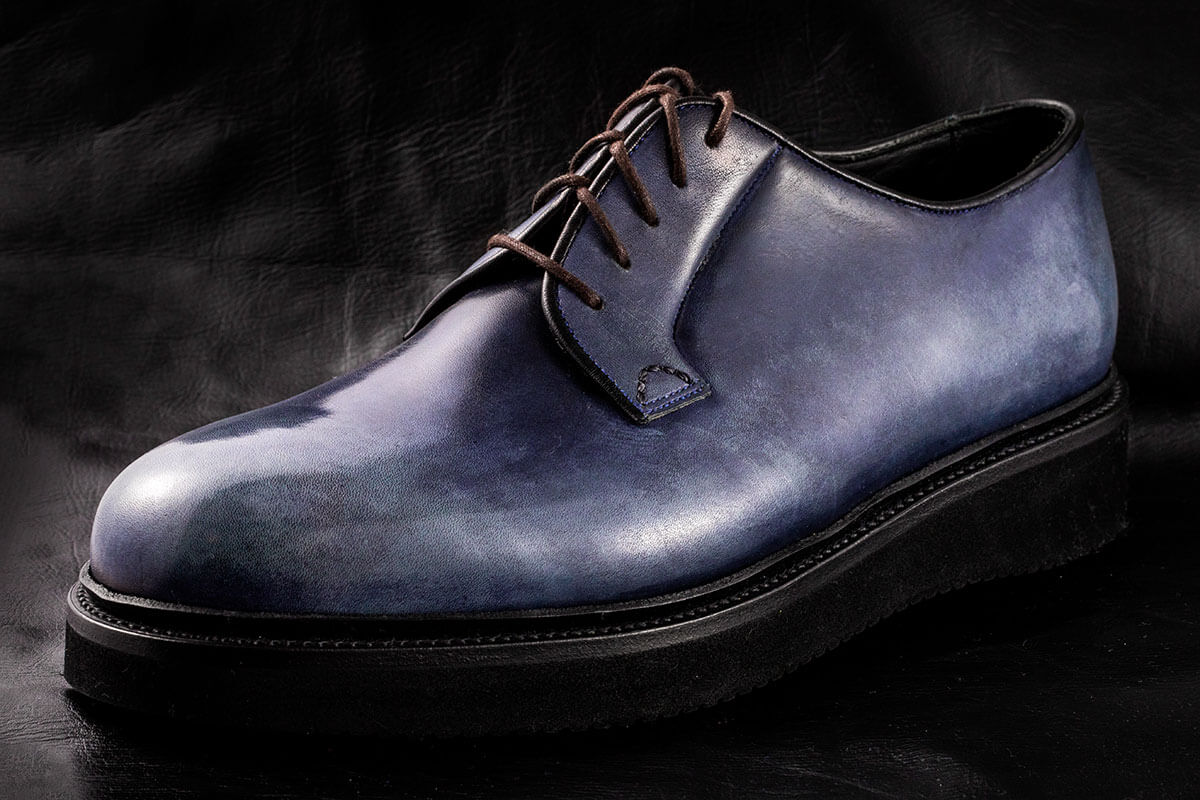
Tetsuya Sato / Designer & Colourist
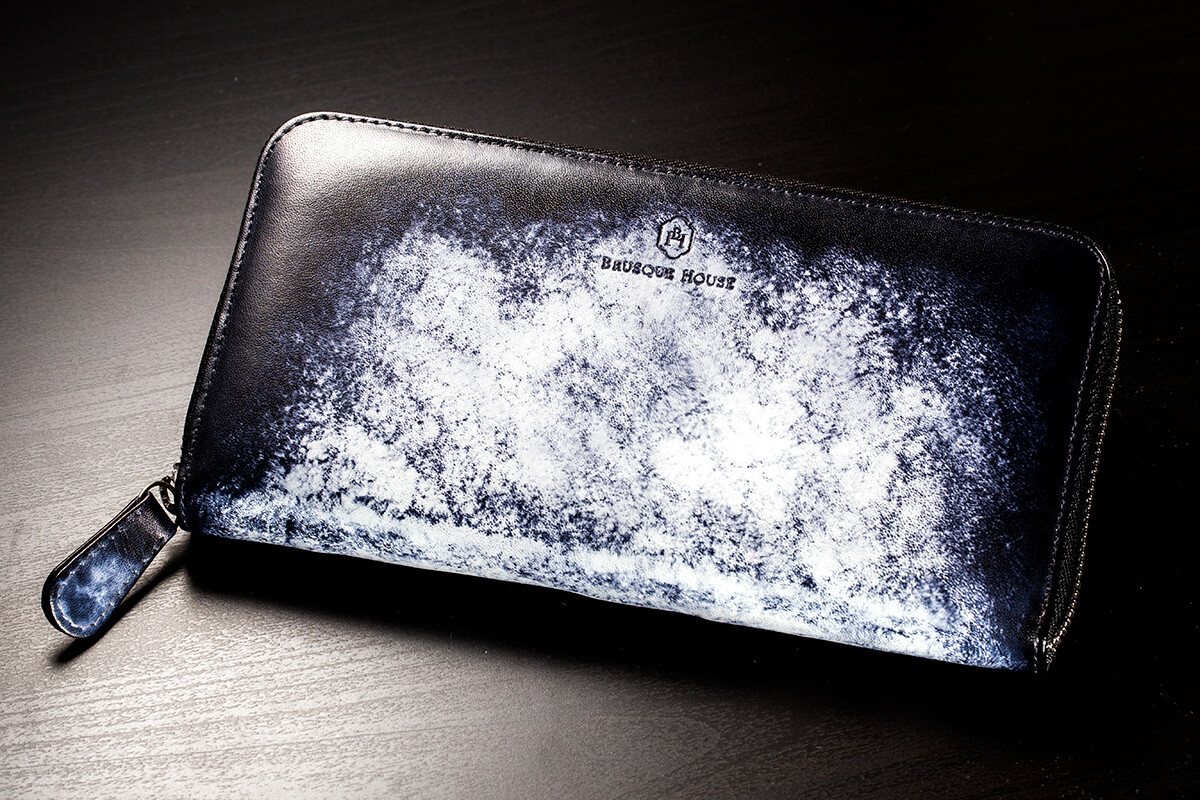
Tetsuya Sato / Designer & Colourist
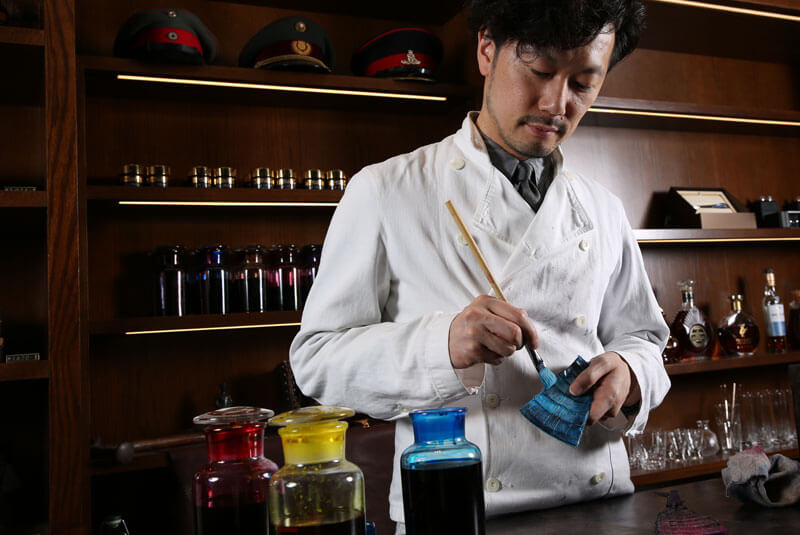
Tetsuya Sato / Designer & Colourist
Brusque House
942, 2-2-15 , Minamiaoyama, Minato-ku, Tokyo 107-0062, Japan
jimmysato59@gmail.com
www.brusquehouse.comTRENDING
-
The Tattoos that Marked the Criminals of the Edo Period
Traditional tattoos were strong signifiers; murderers had head tattoos, while theft might result in an arm tattoo.

-
Chiharu Shiota, Red Threads of the Soul
Last year, more than 660,000 people visited the retrospective 'Chiharu Shiota: The Soul Trembles' exhibit at the Mori Art Museum.

-
‘Before Doubting Others, Doubt Yourself. Who Can Truly Say a Dish Isn’t What It Used to Be?’
In ‘A Non-Conformist’s Guide to Surviving Society’, author Satoshi Ogawa shares his strategies for navigating everyday life.

-
The Story of Sada Yacco, the Geisha who Bewitched Europe
Described by Dazed magazine as the first beauty influencer, she has been restored to her former glory since 2019.

-
Ito Jakuchu's Naturalist Paintings
From 15 September until 14 October 2018, the Petit Palais showcased the artist's iconic ‘Images of the Colourful Realm of Living Beings’.





